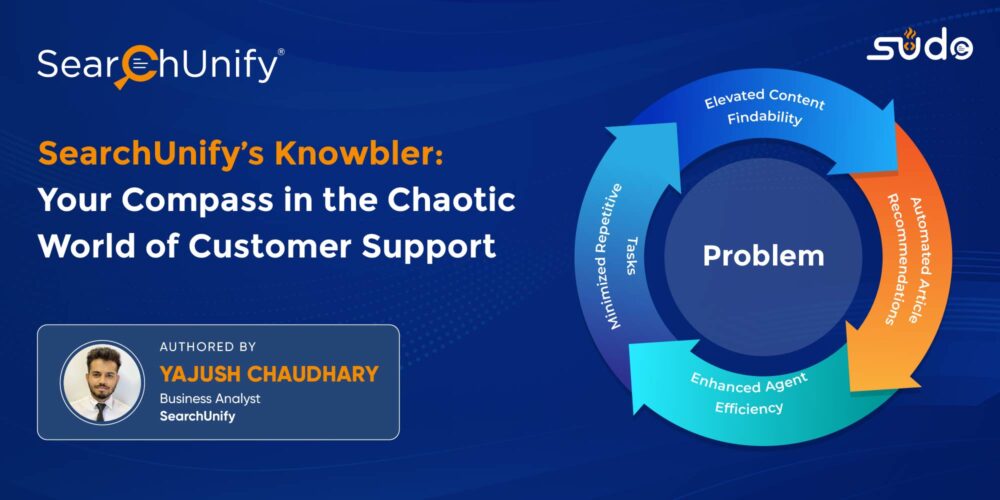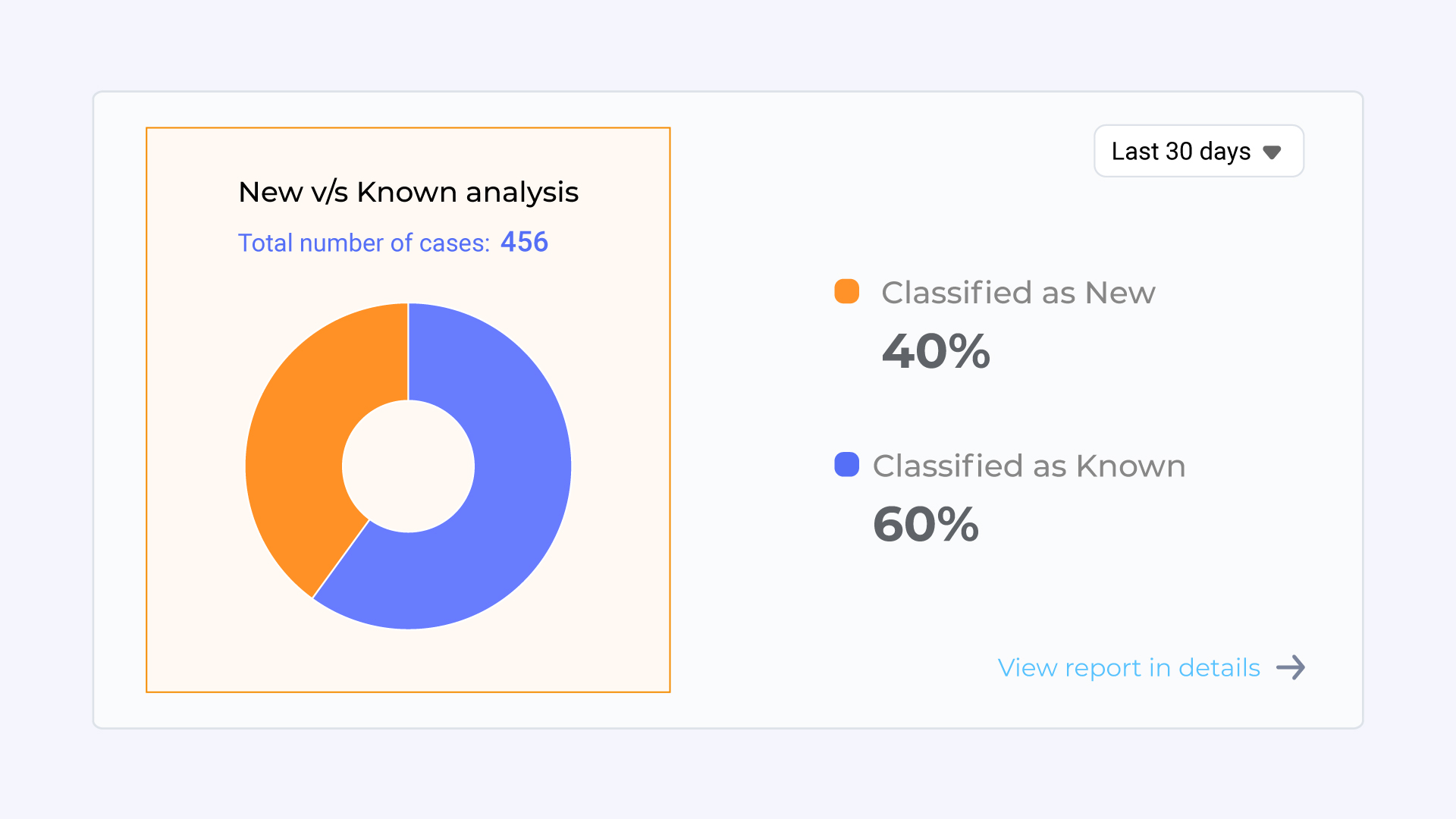
The life of a support agent is filled with the constant buzzing of support tickets, ranging from the “my software isn’t working” conundrums to the “our entire access controls just exploded” emergencies. It’s a rollercoaster ride, with no safety harnesses. Isn’t it?
At times, in the rush of it all, they drop a critical ball—forgetting to attach resolution articles to the cases they’ve painstakingly solved. It’s like a knife-thrower missing the target, only here, the fallout is far more than just a “whoops” moment. So, what should a support agent do?
In this blog post, we not only untangle the web of consequences stemming from the oversight of not linking resolution articles to their resolved cases but also introduce a universal heal-all solution that navigates these turbulent waters. Let’s get started.
Discover the Ripple Effect: The Consequences of Unlinked Resolution Articles
In the intricate web of customer support, the failure to link resolution articles to resolved cases poses a cascade of challenges. Let’s uncover the profound implications of this seemingly small oversight:
1. Snowballing Content Gaps
Overlooking the retrospective attachment of articles to resolved cases opens invisible chasms—content gaps. These gaps act as roadblocks to clients seeking self-help, creating information voids that can leave users stranded in a sea of confusion. All this contributes to a suboptimal customer experience.
In other words, you can imagine it as traversing a labyrinth without a map; users are left to navigate an intricate maze of issues without the necessary guidance. It’s a recipe for frustration and dissatisfaction.
2. Increase in Agent Effort Score
The failure to retrospectively attach articles not only disrupts content visibility but also places an additional burden on agents. Without historical references readily available, agents often find themselves reinventing the wheel for similar cases. This redundant effort not only increases the workload but also introduces inconsistencies in support delivery.
The rise in agent effort score becomes a measurable consequence, reflecting the additional burden and inefficiencies caused by the lack of a centralized knowledge repository. Breaking free from this cycle is essential for restoring balance and elevating the support team’s effectiveness.
Enter Knowbler—your indispensable ally, poised to tackle the issues at hand.
How Does Knowbler’s New Vs Known Case Analysis Impact Closed Cases?
Amidst the rocky terrain of customer support, Knowbler stands as a beacon of innovation with its analytical precision that fundamentally redefines how cases are resolved. Let’s delve into the intricate details of how Knowbler’s approach revolutionizes case resolution.
- Categorizing Known and New Cases
At the heart of Knowbler’s analytical prowess lies its ability to categorize cases into known and new instances. This strategic classification is not merely a technical nuance but a fundamental shift that addresses the challenges highlighted earlier. By discerning between known and new cases, Knowbler lays the foundation for more effective resolutions.
- Efficient Knowledge Utilization
Knowbler enables agents to identify whether a solved case is a repetition of a known issue or a novel one. For known cases, the agent can swiftly access and attach relevant articles, eliminating retrospective attachment challenges. In the case of new instances, knowbler leverages pre-defined templates to auto-populate titles, summaries, and other aspects of knowledge articles. This enables employees to capture and create information simultaneously, reducing the risk of knowledge leakage at any point. - Time and Resource Optimization
Knowing whether a case is known or new allows agents to allocate their efforts effectively. Known cases benefit from streamlined processes, saving time and resources. Meanwhile, incoming cases receive the attention they deserve, preventing agents from continually reinventing content and cultivating a proactive resolution approach.
How Does Knowbler Break Down Cases?
Knowbler applies a symphony of advanced techniques to conduct the New vs. Known Case Analysis. They are:
- SBert Embedding
SBert, or Sentence-BERT, is a modification of the BERT (Bidirectional Encoder Representations from Transformers) algorithm. It specializes in creating semantic embeddings for sentences. This method captures the semantic meaning of support cases. It encodes information about the context, allowing Knowbler to understand the subtle nuances within each case. Doing so ensures that similar issues are grouped together, forming clusters that aid in efficient knowledge retrieval. - Case Clustering
This method involves grouping similar cases together based on predefined features. Through Case Clustering, Knowbler organizes support cases into clusters, forming a structured knowledge repository. This clustering allows agents to access a collective understanding of resolved issues, minimizing the need for repetitive solutions.
Now that we’ve seen how Knowbler works its magic, let’s explore the good stuff it brings to the table.
Knowbler’s Game-changing Contributions: Revolutionizing Customer Support Dynamics
- Identify trends and patterns in customer cases
Uncover recurring themes and commonalities in closed cases, empowering your team to proactively address emerging issues and enhance overall customer satisfaction. - Proactive Issue Identification
The identification of new cases among closed ones allows support teams to proactively create articles or solutions for recurring issues, improving long-term customer satisfaction. - Continuous Improvement
The categorization of closed cases facilitates continuous improvement efforts, allowing support teams to refine their processes, resolve recurring issues, and optimize customer support strategies. - Identify the Gap Areas
Gain insights into the key contributors to case volume, allowing strategic resource allocation and process optimization to manage and reduce overall caseload effectively. - Customer Self-Help
With well-categorized closed cases, customers can find answers to their questions independently, reducing the need for contacting support and improving the overall customer experience.
Ready to Elevate Your Support Game?
In essence, Knowbler is not just a tool; it’s a catalyst for efficiency, productivity, and enhanced customer support experiences.
Don’t take our word for it. The success story of a SearchUnify customer attests to Knowbler’s impact.
With Knowbler in place, the customer experienced a remarkable 50% increase in their ability to produce articles, effectively doubling their output compared to the previous implementation.
To witness firsthand how Knowbler can transform your customer support landscape, request a demo. Uncover the possibilities, experience the efficiency, and take a giant leap toward revolutionizing your support operations.










